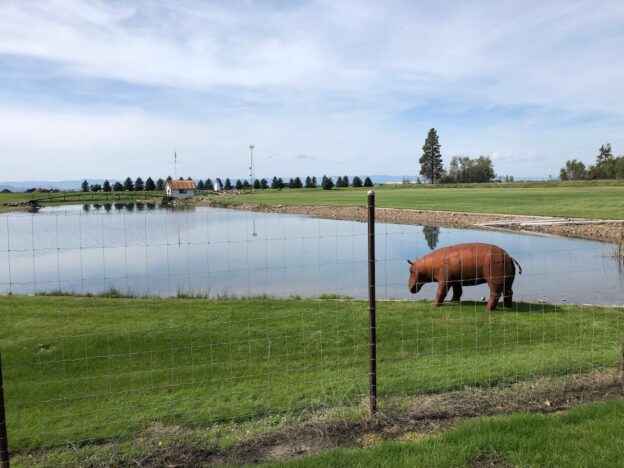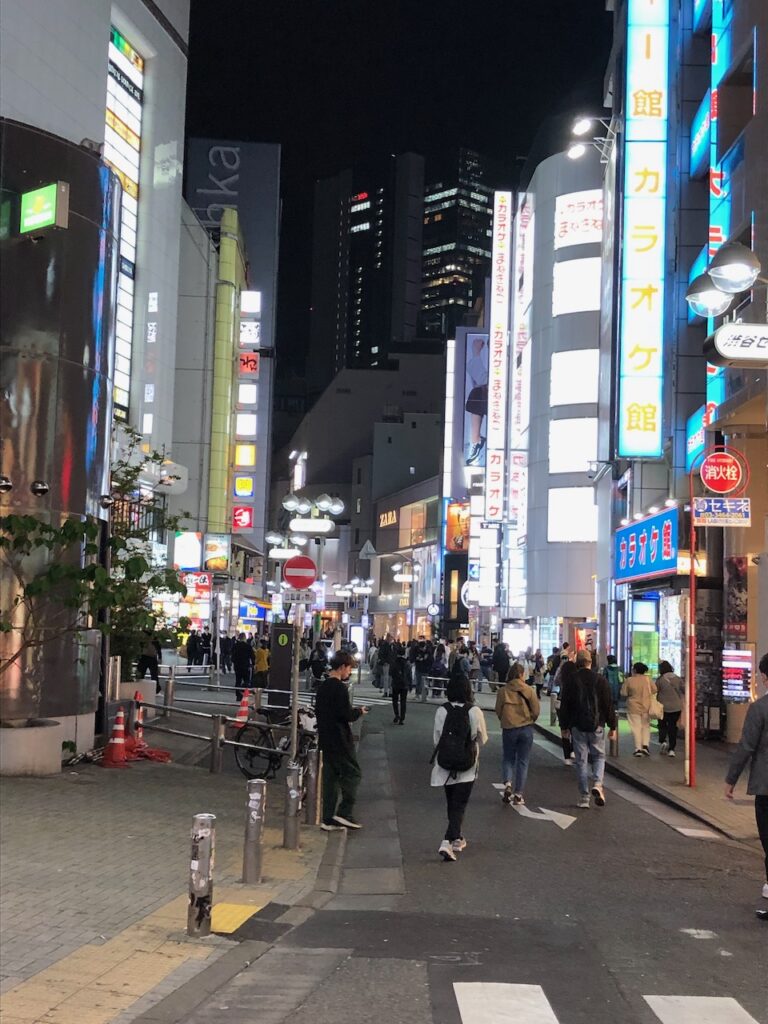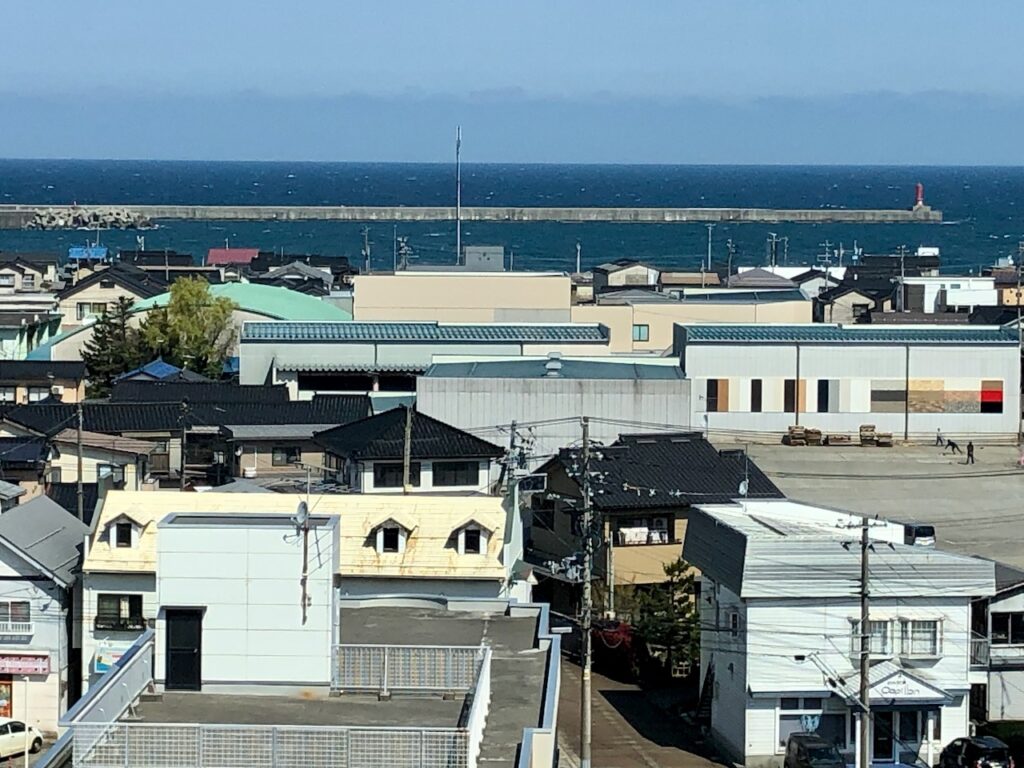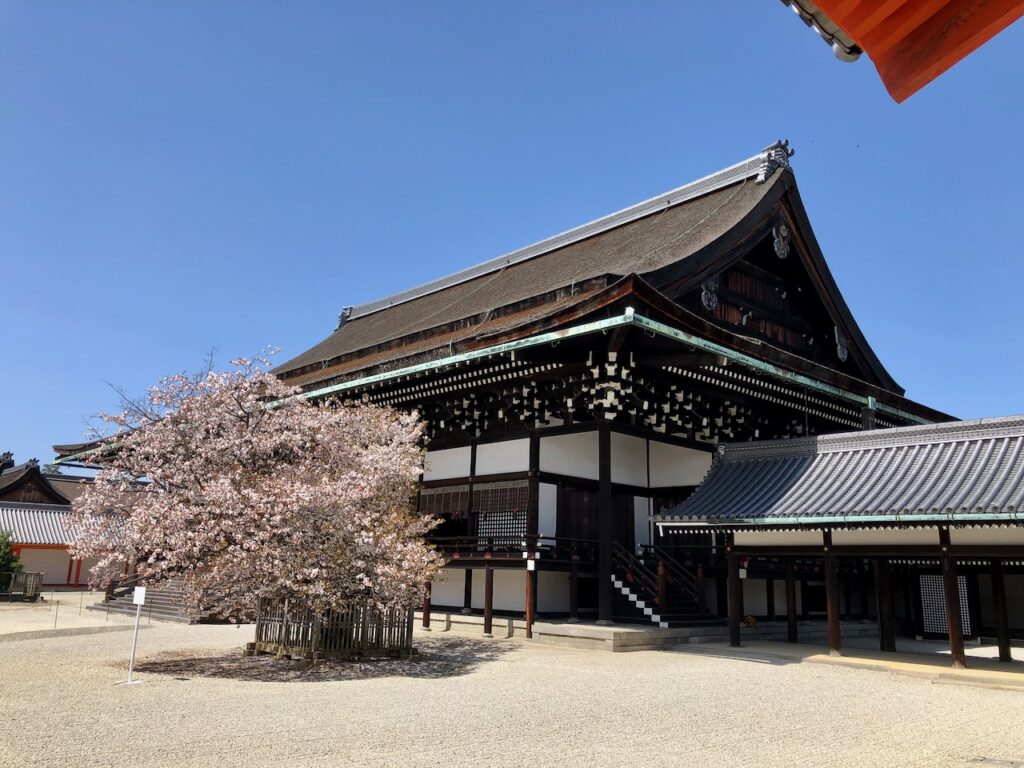One of the fun parts of being a birder and a writer is being invited to speak to other groups of birders. This often entails travel to fun new locations and the opportunity to meet many wonderful people. Earlier this week, I had one such exceptional experience when I was invited to go birding with the President . . . of the Flathead Audubon Society.
Oh, did the title of this blog lead you to believe I got to bird with President Joe Biden? If so, I had no intention of misleading you. But no offense to Joe, I probably had much more fun birding with Flathead Audubon’s president, Darcy Thomas, and her husband, Rob. Flathead Audubon is one of the most active Montana Audubon chapters, serving both as a focal point for birders and bird science and conservation in northwest Montana. It has been involved in a number of invaluable projects including the Jewel Basin Hawk Watch and vital conservation and education projects in and around Kalispell. As the chapter’s new president, Darcy is employing her great energy and enthusiasm to keeping the group flying forward. (Find out more by visiting https://flatheadaudubon.org/.)

Darcy and I had planned for me to speak to her chapter members Monday night, so I rose early that day and headed toward Kalispell to sneak in a day of birding with Darcy before my talk. My expectations were rather low as many species had already migrated through Montana, and high water in lakes and ponds made shorebirds unlikely. Still, I welcomed the chance to bird with Darcy on her own turf, and maybe learn some great new places to visit in the Kalispell area.

On my drive up, I decided to make a quick stop at Duck Road just above Ninepipe National Wildlife Refuge. Over the years, this rural gravel road has been one of Braden’s and my favorite places to bird. We’ve observed about 100 species there including Sandhill Cranes, the occasional shorebird, and tons of raptors including my personal favorite, Short-eared Owls (see our post “250 Montana Birds or Bust!”). Today, the first thing I noticed were sparrows flitting everywhere. We usually get a few here, but today I seemed to pass a mini-flock every couple hundred yards. I pulled over for a closer look and discovered that they were Savannah Sparrows, obviously in mega-migration numbers. Driving about five miles, I counted more than 200 of these delightful critters. I also was surprised to hear a pair of Sandhill Cranes in the distance along with a Western Meadowlark enjoying our late warm weather. Rounding out the list: a Lesser Yellowlegs, an American Pipit, and a pair of especially charismatic Northern Harriers.

I rendezvoused with Darcy in Somers, famous for being where Braden and I saw both our Lifer Snowy Owl (see our post “A Quest for Snowy Owls”) and Lifer Gyrfalcon (see our post “Payin’ Raptor Dues, Reapin’ Raptor Rewards”). I had told Darcy I was especially keen on finding shorebirds, and we hit one spot only to find it completely dry. Next, however, Darcy took me to Split Pond, where I picked up my first Horned Grebe of the Year. After that, we took scenic backroads over to Creston Wetlands, where birders had recently seen an extremely rare Montana visitor, a Hudsonian Godwit. Alas, the godwit had moved on, but the best part of our day was yet to come . . .

After collecting my trusty minivan, I followed Darcy back to her house, where her husband Rob had made us the perfect snack—tuna sliders! That fortified the three of us as Rob drove us to a Kalispell hotspot I’d always wanted to visit, the West Valley Ponds. About half a dozen ponds actually fill the area, but the road passes three major ones, and the first thing I learned is that in fall, the place becomes Sandhill Crane Central! Darcy told me that up to 500 or more cranes gather here to feed up on grain dropped in the surrounding farmers’ fields before they migrate south. At first, we saw only a handful, but the more we focused, the more cranes we saw! It was a real treat, and by far the most Sandhill Cranes I’d ever seen in one place in Montana.
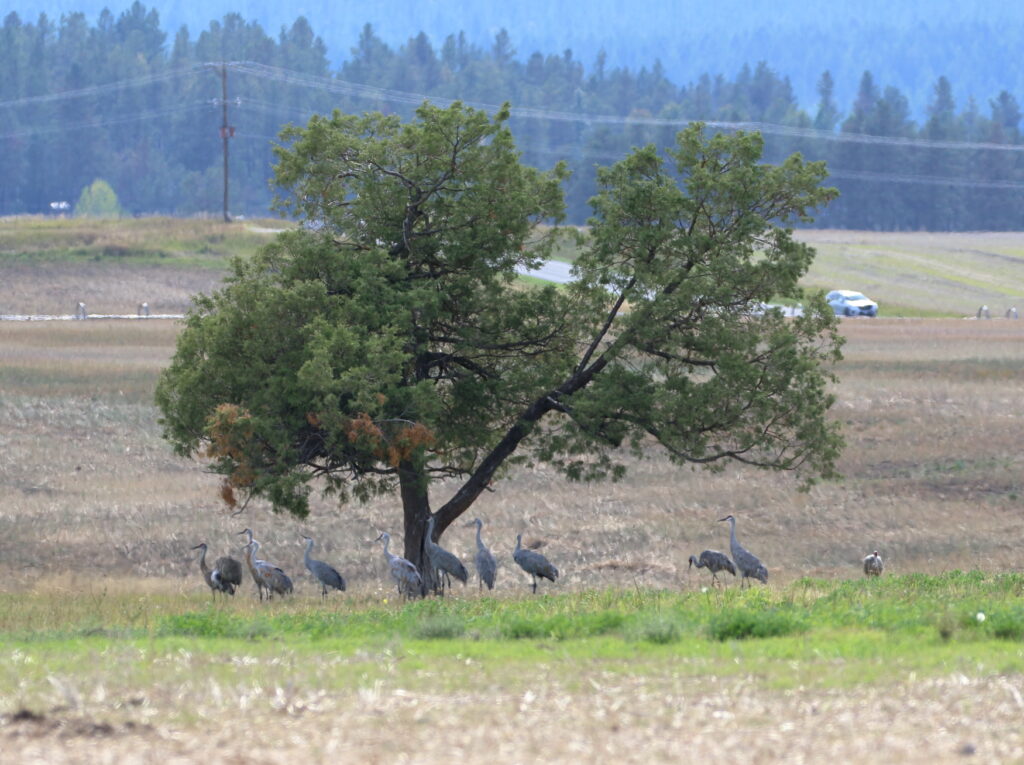
Ducks are tough these days as they are in their generic “intermolt plumage”, but we managed to ID all three teals and American Wigeons, along with a quartet of Trumpeter Swans. As we were rounding a curve, though, I said, “Stop. Stop. Stop”, and as Rob pulled up, Darcy and I got our binoculars on a small bird wagging its tail and playing in a nearby puddle. “American Pipit!” I exclaimed. Though I’d seen one earlier in the day at Ninepipe, that had been at a distance, and I never get enough of these birds. They breed up in high alpine meadows and, in fact, Braden and I had seen my first high-altitude pipit at Logan Pass only a month ago. It was nice to see one down in the valley before it begins its fall migration to Arizona, Mexico, or even farther south.

Darcy and Rob saved the best for last. As we pulled up to the final pond, we climbed out to admire a mix of waterfowl and a flock of about 300 Red-winged and (at least) 4 Yellow-headed Blackbirds in a large bunch of cattails. Suddenly, a dark streak caught the corner of my eye. “Falcon!” I yelled and the three of us watched enthralled as the bird shot straight toward the cattails. All 300 of the blackbirds frantically took flight, some in the same direction the falcon was flying. We saw the falcon twist and turn trying to nab one, but at least this time, the blackbirds got the better of it.

By this time you’re probably asking, But what kind of falcon was it? Often, I am unsure in these situations. Falcons appear and fly off so quickly that it’s sometimes difficult to get any kind of look. Darcy and I agreed, however, that this bird’s dark slate wings, large size, and powerful flight left no doubt that it was a Peregrine—my 237th Montana bird for 2023. It was a great way to wrap my birding afternoon with the President, and provided a perfect prelude to my evening visit with the fun folks at Flathead Audubon.
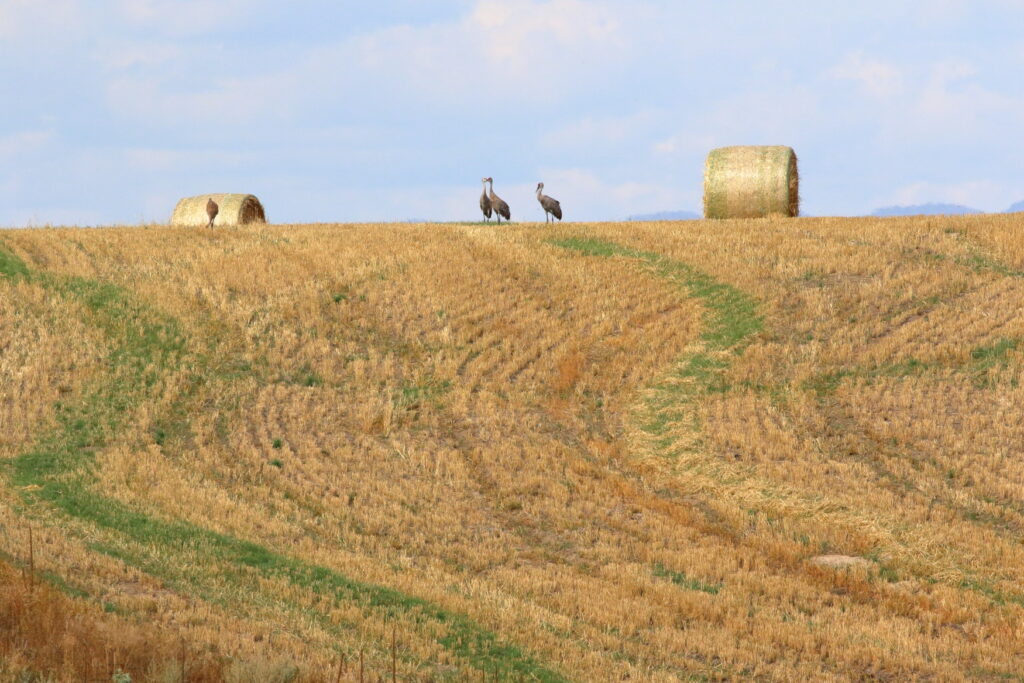
Crane 2: “Think we ought to go check it out?”
Crane 3: “Heck yeah!”

